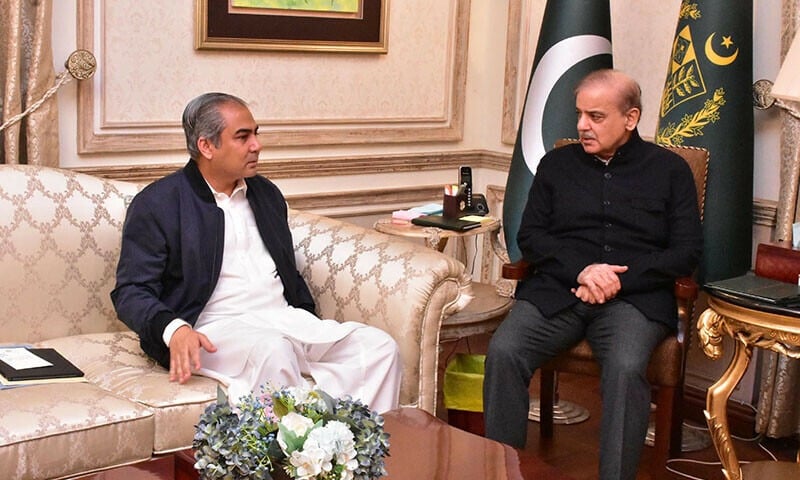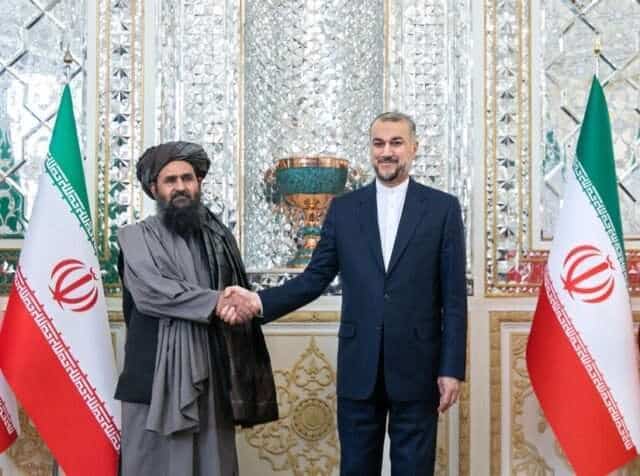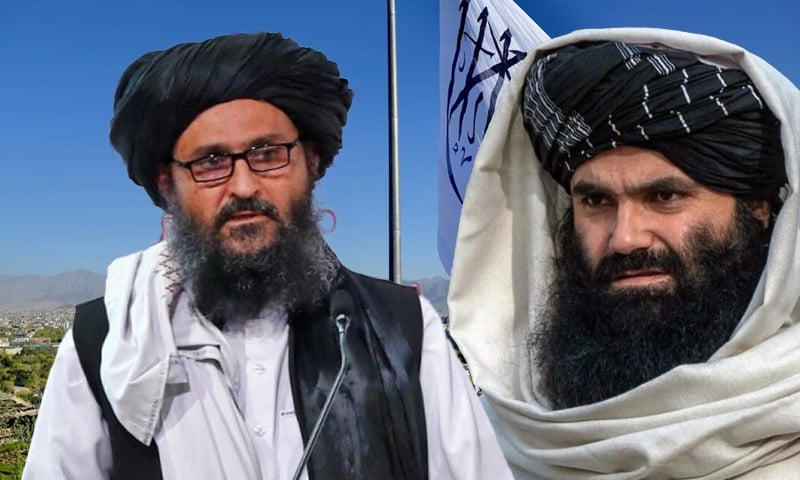In the intricate dynamics of South and Central Asia, the recent trilateral discussions between Pakistan, China, and Afghanistan mark a significant development. These talks, which took place in Kabul and Islamabad, focused on three key pillars: political realignment, economic cooperation, and security concerns. While the growing emphasis on trade and development is a welcome shift, the ongoing issue of terrorism and security looms large, particularly in Afghanistan, a region still grappling with the aftermath of decades of conflict.
The talks have reaffirmed a mutual desire to create a stable environment conducive to development. China’s proposal to extend the China-Pakistan Economic Corridor (CPEC) to Afghanistan is a clear indicator of their commitment to promoting regional connectivity. However, it’s crucial to recognize that trade and economic initiatives can only thrive in a secure environment. The persistence of multiple terrorist organisations in Afghanistan, estimated at 23, raises serious questions about the Islamic Emirate’s capacity or willingness to tackle these groups, some of whom have historical ties to the Taliban.
One of the most pressing concerns during these discussions was the security situation in Afghanistan. Countries like China and Pakistan have long harbored fears that militant groups such as the Turkistan Islamic Movement, which has roots in the Uighur conflict, pose a direct threat to regional stability. The Chinese foreign minister’s recent request for the Taliban to hand over militants involved in anti-China activities highlights the tension between economic ambition and security realities.
However, it is unlikely that the Taliban will take meaningful action against these organizations, especially considering their historical ties. The Taliban’s refusal to comply with international demands—such as handing over Osama bin Laden prior to 9/11—illustrates their longstanding commitment to a policy of non-interference with their ‘guests.’ The Taliban’s pragmatic stance is clear: their relationships with these groups, which helped them fight against NATO forces, are not easily severed, even in the face of international pressure. Given this reality, it is highly improbable that they will act against groups that share ideological and strategic commonalities with them.
For China, the stakes are high. Economic development is at the heart of their vision for the region. Through the extension of CPEC into Afghanistan and beyond into Central Asia, China seeks to create a robust trade route that would significantly enhance connectivity between Asia and Europe. However, this vision can only materialize if there is peace and security along the route. The question remains: will Afghanistan’s current regime prioritise economic development over maintaining alliances with militant groups?
To be fair, the Taliban’s refusal to dismantle these organisations is not solely a matter of ideological loyalty. Afghanistan, with its rugged terrain and porous borders, has long been a haven for various militant factions. Even if the Taliban were inclined to act against them, the task would be a monumental challenge. The international community, including Pakistan and China, must consider the harsh realities on the ground when formulating their expectations of Afghanistan’s governance.
As security concerns continue to overshadow regional cooperation, there is a growing realisation that economic cooperation must take precedence. A robust economic framework, centred around key initiatives like the KASA project, the Uzbekistan-Pakistan-Afghanistan railway, and the Turkmenistan-Afghanistan-Pakistan-India (TAPI) gas pipeline, could lay the foundation for a more stable and prosperous region. These projects are vital not only for energy security but also for regional integration.
The KASA project, for example, aims to bring 1,400 MW of electricity to Pakistan, with a significant portion coming from Afghanistan. If completed successfully, such projects could transform the region by fostering economic interdependence. However, as highlighted in the discussions, these projects can only be successful if they are shielded from the instability caused by terrorism.
Moreover, the focus must shift to practical economic collaboration between the three countries. Infrastructure projects such as the Torkham motorway and the Central Asia-Pakistan railway should be prioritized. The speed of progress in these areas can pave the way for enhanced stability, as economic development has the potential to mitigate many of the underlying factors contributing to insecurity.
While Afghanistan’s international obligations remain a key focus, Pakistan too faces internal challenges that hinder the realisation of these regional goals. In Khyber Pakhtunkhwa, where operations against militant groups like the Tehreek-e-Taliban Pakistan (TTP) continue, the provincial government’s response has been criticised for its lack of clarity and decisiveness. The military’s ongoing operations against the Taliban have been met with mixed reactions from local political leaders, further complicating the security landscape.
The situation in Bajaur and Dir, where local Jirgas (tribal councils) have attempted to mediate between the Taliban and the government, reveals the limitations of non-violent efforts in the face of a highly organised insurgency. Despite these attempts, the TTP’s increasing penetration in South Asia indicates that current strategies may not be effective. Pakistan must decide whether to intensify its military operations or explore new avenues of engagement with Afghanistan’s government.
The trilateral discussions between Pakistan, China, and Afghanistan have underscored the importance of collaboration for regional peace and development. However, the path to stability remains fraught with challenges. Afghanistan’s internal dynamics, particularly the Taliban’s ties to terrorist groups, complicate efforts to establish lasting peace. Meanwhile, Pakistan must address the growing threat posed by the TTP within its borders.
Nevertheless, the focus on economic development, as articulated by China, offers a potential pathway out of this quagmire. By prioritising infrastructure, energy projects, and trade agreements, the three countries can create a more interconnected and prosperous region. The security situation will undoubtedly remain a concern, but economic cooperation could provide the foundation for lasting peace. However, this can only be achieved through sustained commitment to both economic and security reforms—an endeavour that will require political courage, regional cooperation, and, above all, a recognition that economic prosperity and security are inextricably linked.





